Central Auckland > Private Hospitals & Specialists > Southern Cross Hospitals >
Southern Cross Auckland Surgical Centre - Orthopaedic Surgery
Private Surgical Service, Orthopaedics
Description
Auckland Surgical Centre has an established pedigree in day stay surgical services and a reputation for innovation in relation to anaesthetics and pain management related to those services. The hospital's strong reputation in the Auckland region has been built around these strengths, and also its leading orthopaedic and plastic surgery services.
In terms of facilities, significant expansion at Auckland Surgical Centre, in 1996, allowed the hospital to accommodate 4 operating theatres, stage one recovery facilities, day-stay recovery areas, and a 20-bed overnight stay facility. More recent upgrades to patient and consulting areas and facilities, including the patient reception area, have been completed.
Consultants
-
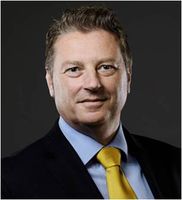
Mr Clayton Brown
Hand Surgeon
-

Mr Joe Brownlee
Orthopaedic Surgeon
-
Mr Michael Caughey
Orthopaedic Surgeon
-

Mr Brendan Coleman
Orthopaedic Surgeon
-
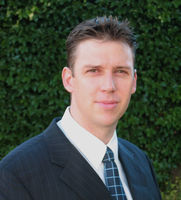
Mr Tony Danesh-Clough
Orthopaedic Surgeon
-
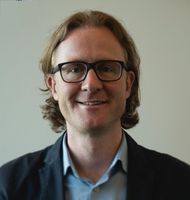
Mr Matt Debenham
Orthopaedic Surgeon
-
Mr Shaneel Deo
Orthopaedic Surgeon
-
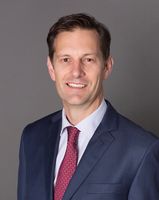
Mr Robert Elliott
Orthopaedic Surgeon
-
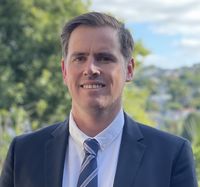
Mr John English
Orthopaedic Surgeon
-

Mr Shihab Faraj
Orthopaedic Surgeon
-
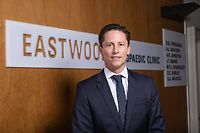
Mr Duncan Ferguson
Orthopaedic Surgeon
-
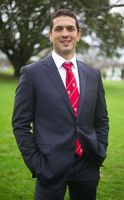
Mr Chris Fougere
Orthopaedic Surgeon
-
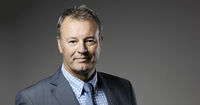
Mr Michael Hanlon
Orthopaedic Surgeon
-

Mr Wolfgang Heiss-Dunlop
Orthopaedic Surgeon
-
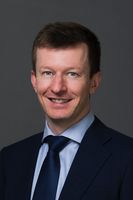
Mr Thomas Maxwell
Orthopaedic Surgeon
-

Mr Paul Monk
Orthopaedic Surgeon
-

Mr Rupesh Puna
Orthopaedic Surgeon
-
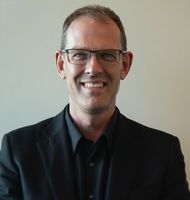
Mr Michael Rosenfeldt
Orthopaedic Surgeon
-
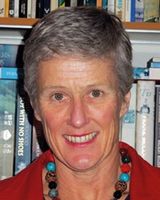
Dr Josie Sinclair
Orthopaedic Surgeon
-
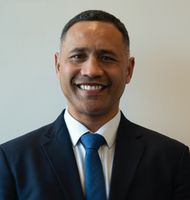
Mr Jeremy Stanley
Orthopaedic Surgeon
-
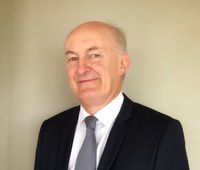
Mr Richard Street
Orthopaedic Surgeon
-
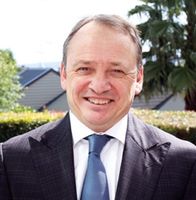
Mr Tim Tasman-Jones
Hand Surgeon
-

Mr Chris Taylor
Hand Surgeon
-

Mr Matthew Tomlinson
Orthopaedic Surgeon
-
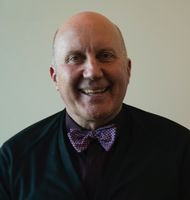
Mr Bruce Twaddle
Orthopaedic Surgeon
-

Stephanie Van Dijck
Orthopaedic Surgeon
-
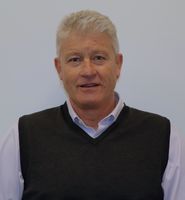
Mr Stewart Walsh
Orthopaedic Surgeon
-
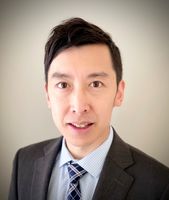
Mr Hogan Yeung
Orthopaedic Surgeon
Procedures / Treatments
Two or three small incisions (cuts) are made in the ankle and a small telescopic instrument with a tiny camera attached (arthroscope) is inserted. This allows the surgeon to look inside the joint, identify problems and, in some cases, operate. Tiny instruments can be passed through the arthroscope to remove bony spurs, damaged cartilage or inflamed tissue.
Two or three small incisions (cuts) are made in the ankle and a small telescopic instrument with a tiny camera attached (arthroscope) is inserted. This allows the surgeon to look inside the joint, identify problems and, in some cases, operate. Tiny instruments can be passed through the arthroscope to remove bony spurs, damaged cartilage or inflamed tissue.
Surgery to relieve carpal tunnel syndrome involves making an incision (cut) from the middle of the palm of your hand to your wrist. Tissue that is pressing on the nerve is then cut to release the pressure.
Surgery to relieve carpal tunnel syndrome involves making an incision (cut) from the middle of the palm of your hand to your wrist. Tissue that is pressing on the nerve is then cut to release the pressure.
This condition occurs when there is abnormal thickening of the deep tissue between the palm of your hand and your fingers. This thickening occurs very gradually and will start to make your fingers curl toward your palm. If this condition gets to the stage where it significantly limits your hand function, surgery may be recommended. This usually involves removal of the thickened tissue, allowing you to straighten your fingers again.
This condition occurs when there is abnormal thickening of the deep tissue between the palm of your hand and your fingers. This thickening occurs very gradually and will start to make your fingers curl toward your palm. If this condition gets to the stage where it significantly limits your hand function, surgery may be recommended. This usually involves removal of the thickened tissue, allowing you to straighten your fingers again.
This condition occurs when there is abnormal thickening of the deep tissue between the palm of your hand and your fingers. This thickening occurs very gradually and will start to make your fingers curl toward your palm.
If this condition gets to the stage where it significantly limits your hand function, surgery may be recommended. This usually involves removal of the thickened tissue, allowing you to straighten your fingers again.
Several small incisions (cuts) are made on the knee through which is inserted a small telescopic instrument with a tiny camera attached (arthroscope). This allows the surgeon to look inside the joint, identify problems and, in some cases, make repairs to damaged tissue.
Several small incisions (cuts) are made on the knee through which is inserted a small telescopic instrument with a tiny camera attached (arthroscope). This allows the surgeon to look inside the joint, identify problems and, in some cases, make repairs to damaged tissue.
Several small incisions (cuts) are made in the shoulder through which is inserted a small telescopic instrument with a tiny camera attached (arthroscope). The surgeon is then able to remove any bony spurs or inflamed tissue and mend torn tendons of the rotator cuff group.
Several small incisions (cuts) are made in the shoulder through which is inserted a small telescopic instrument with a tiny camera attached (arthroscope). The surgeon is then able to remove any bony spurs or inflamed tissue and mend torn tendons of the rotator cuff group.
This surgery involves making several small incisions (cuts) on the shoulder through which is inserted a small telescopic instrument with a tiny camera attached (arthroscope). This allows the surgeon to look inside the shoulder, identify problems and, in some cases, make repairs to damaged tissue.
This surgery involves making several small incisions (cuts) on the shoulder through which is inserted a small telescopic instrument with a tiny camera attached (arthroscope). This allows the surgeon to look inside the shoulder, identify problems and, in some cases, make repairs to damaged tissue.
An incision (cut) is made over the damaged tendon. The damaged ends of the tendon are sewn together and, if necessary, reattached to surrounding tissue.
An incision (cut) is made over the damaged tendon. The damaged ends of the tendon are sewn together and, if necessary, reattached to surrounding tissue.
Visiting Hours
Ward visiting hours are flexible, but we ask that visitors leave by 8pm.
Public Transport
The Auckland Transport website is a good resource to plan your public transport options.
Parking
Free off street patient and visitor parking provided.
Contact Details
Southern Cross Auckland Surgical Centre
Central Auckland
Phone (09) 925 4700
Fax (09) 925 4718
Email asc@southerncrosshospitals.co.nz
All queries to reception at the Hospital
Surgeons can be contacted at their private consultation rooms.
9 St Mark's Road
Remuera
Auckland
Street Address
9 St Mark's Road
Remuera
Auckland
Was this page helpful?
This page was last updated at 11:16AM on September 12, 2024. This information is reviewed and edited by Southern Cross Auckland Surgical Centre - Orthopaedic Surgery.

